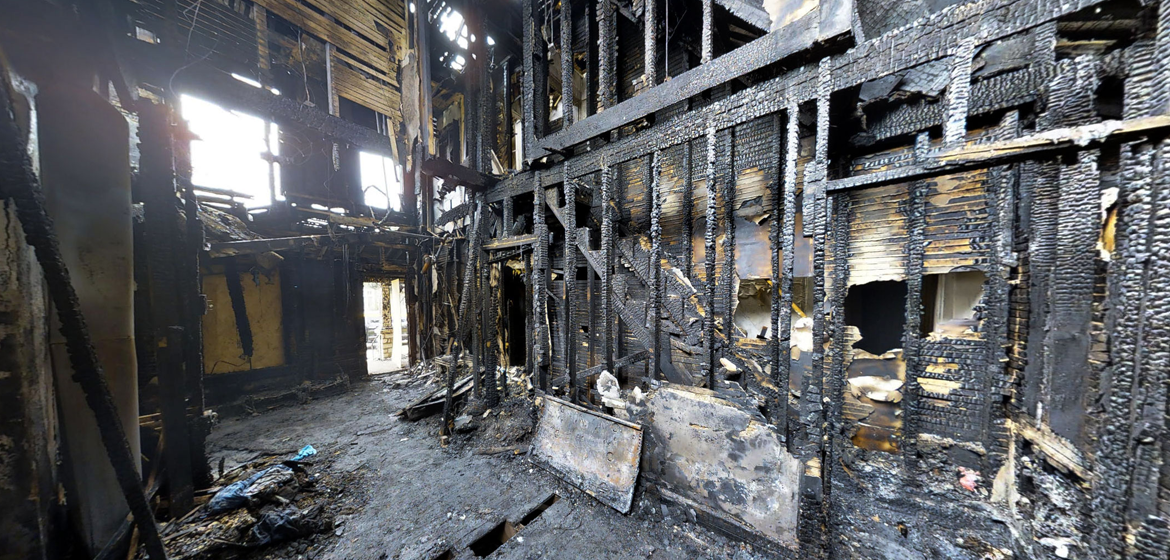Smoke Damage Insurance Claims: 5 Things To Highlight

Dealing with the aftermath of a fire can be a devastating experience, not only due to the flames but also because of the extensive smoke damage it can leave behind. Smoke can infiltrate every nook and cranny of a property, causing damage to structures and belongings and posing health risks. If you find yourself in the unfortunate situation of having to file a smoke damage insurance claim, it’s crucial to understand the key aspects to highlight during the process. In this guide, we will explore five essential things to emphasize when filing your insurance claim for smoke-related property damage.
Document the Extent of Damage
One of the first and most critical steps when dealing with smoke damage insurance claims is thoroughly documenting the extent of the damage. Take clear and detailed photographs or videos of the affected areas, including walls, ceilings, floors, furniture, and personal belongings. These visual records serve as invaluable evidence of the damage and help the insurance adjuster assess the situation accurately.
In addition to visual documentation, make a detailed written inventory of the items damaged by smoke. Include descriptions, estimated values, purchase dates, and any other relevant information. This documentation will be essential in substantiating your claim.
Contact Your Insurance Company Promptly
Once you’ve documented the smoke damage, it’s essential to contact your insurance company promptly to initiate the claims process. Delays in reporting the damage may result in complications during the evaluation and settlement process. Most insurance policies have specific timeframes within which claims must be reported.
When you contact your insurance company, provide a clear and concise description of the incident, emphasizing that it was smoke-related damage resulting from a fire. Provide your policy details, contact information, and any immediate steps you’ve taken to mitigate further damage.
Mitigate Further Damage
To prevent further smoke damage to your property, it’s crucial to take immediate action. This may include ventilating the affected areas to remove smoke odor, covering damaged items to prevent additional exposure, and, in some cases, boarding up or sealing damaged windows and doors to prevent further intrusion of smoke or environmental elements.
Document these mitigation efforts and any expenses incurred as a result. Your insurance company may reimburse you for expenses related to protecting your property from additional harm.
Keep Records of Expenses
Throughout the smoke damage insurance claim process, keep detailed records of all expenses related to the damage and its mitigation. This includes not only the cost of repairs or replacements but also expenses such as temporary accommodations if your property is uninhabitable, cleaning and restoration costs, and any medical expenses resulting from smoke-related health issues.
These records will help you substantiate your claim and ensure that you receive adequate compensation for the expenses incurred due to smoke damage.
Cooperate with the Insurance Adjuster
Once you’ve initiated your smoke damage insurance claim, an insurance adjuster will be assigned to assess the damage and determine the appropriate compensation. It’s essential to cooperate fully with the adjuster, providing access to the damaged areas, documentation, and any information they may request.
Be prepared to answer questions about the cause of the fire, the extent of the damage, and any relevant details. Maintaining open and honest communication with the adjuster will facilitate a smoother claims process.
In conclusion, navigating a smoke damage insurance claim can be a complex and challenging process. To ensure a successful claim, emphasize the following key aspects: document the extent of damage, contact your insurance company promptly, mitigate further damage, keep records of expenses, and cooperate fully with the insurance adjuster.
